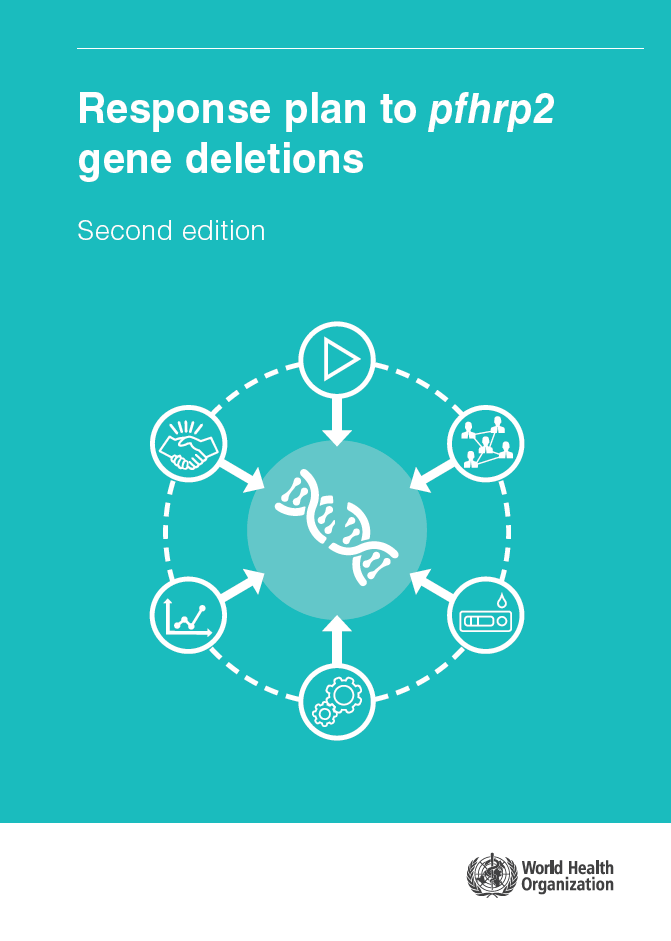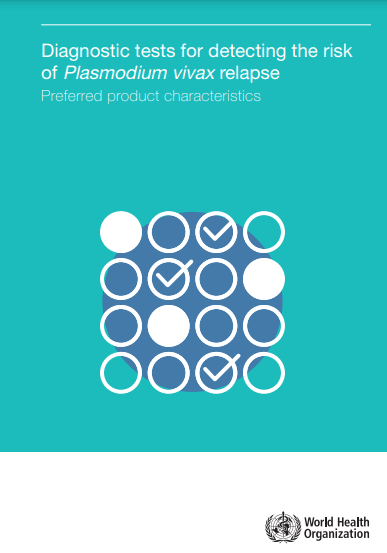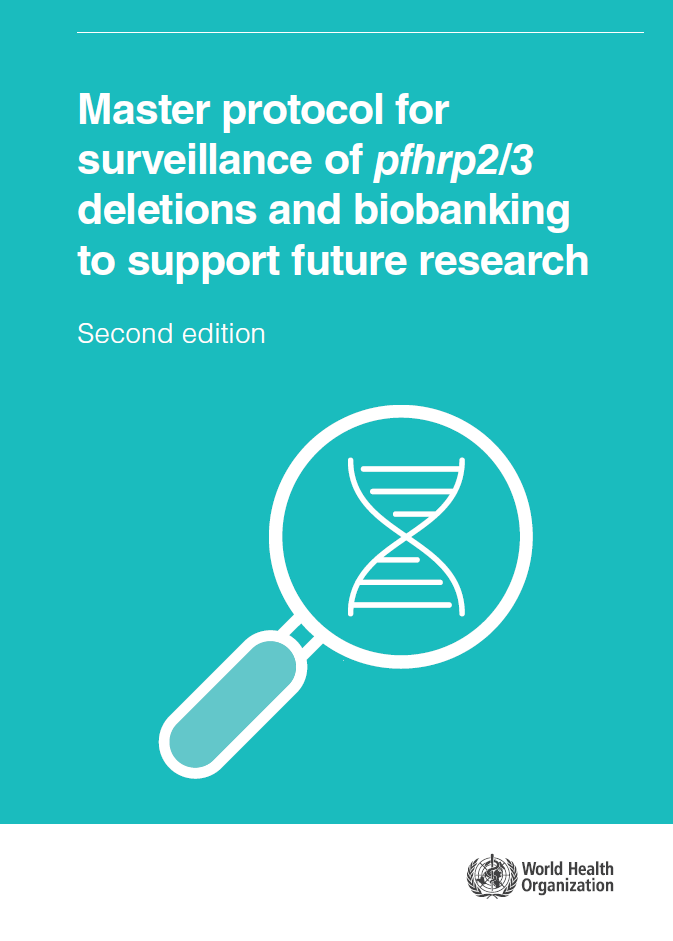Last Updated: 29/01/2025
Quantitative and stable device for point-of-care diagnosis (QUPID)
Objectives
*Original title in Spanish: Dispositivo cuantitativo y estable para el diagnótico punto de atención
This project aims to develop a cost-effective analytical system that, by exploiting synthetic receptors and tags, will exhibit long-term storage stability, and fast and quantitative malaria diagnosis with minimal user intervention, facilitating remote interpretation.
Malaria, a parasitic disease caused by different species of Plasmodium, is a leading cause of mortality in many developing countries and a public health concern worldwide. The World Health Organization (WHO) has launched an ambitious plan to eradicate malaria that will require population screening, which is not feasible with current diagnostic tools. Nowadays, malaria point-of-care (POC) testing relies on rapid diagnostic tests (RDTs), which are easy to use but display insufficient sensitivity. Other unmet needs are the generation of a quantitative response, a robust and reproducible production path, and long-term stability under a wide range of temperatures and humidity conditions. A multidisciplinary consortium has been assembled to tackle this goal by integrating the know-how of its members. Magnetic nanobeads (MNB) will be used to optimize fast and sensitive single-step bioassays, in which: i) synthetic receptors selected and produced in vitro will substitute antibodies (Ab) to improve room temperature storage stability, and ii) electroactive nanotags (ENT) will substitute enzyme labels to reduce sample matrix interference and provide rapid direct detection. Handling will be minimized by using economical paper microfluidic electrodes to automate the assay, while a customized hand-held electrochemical platform will deliver quantitative and robust results. The system, which should reach TLR4 by the end of the project, will provide a fast diagnosis from whole blood and include the elements for automated operation with little user handling. Moreover, although initially oriented to malaria diagnosis, similar technology could be employed in future in other medical fields.
Article: Designing a molecularly imprinted polymer-based electrochemical sensor for the sensitive and selective detection of the antimalarial chloroquine phosphateArticle: Selection and Characterization of Aptamers for the Development of a Point-of-Care Malaria Diagnostic DeviceArticle: Magnetic Bead Handling Using a Paper-Based Device for Quantitative Point-of-Care Testing
Jan 2022 — Dec 2024
$923,239


